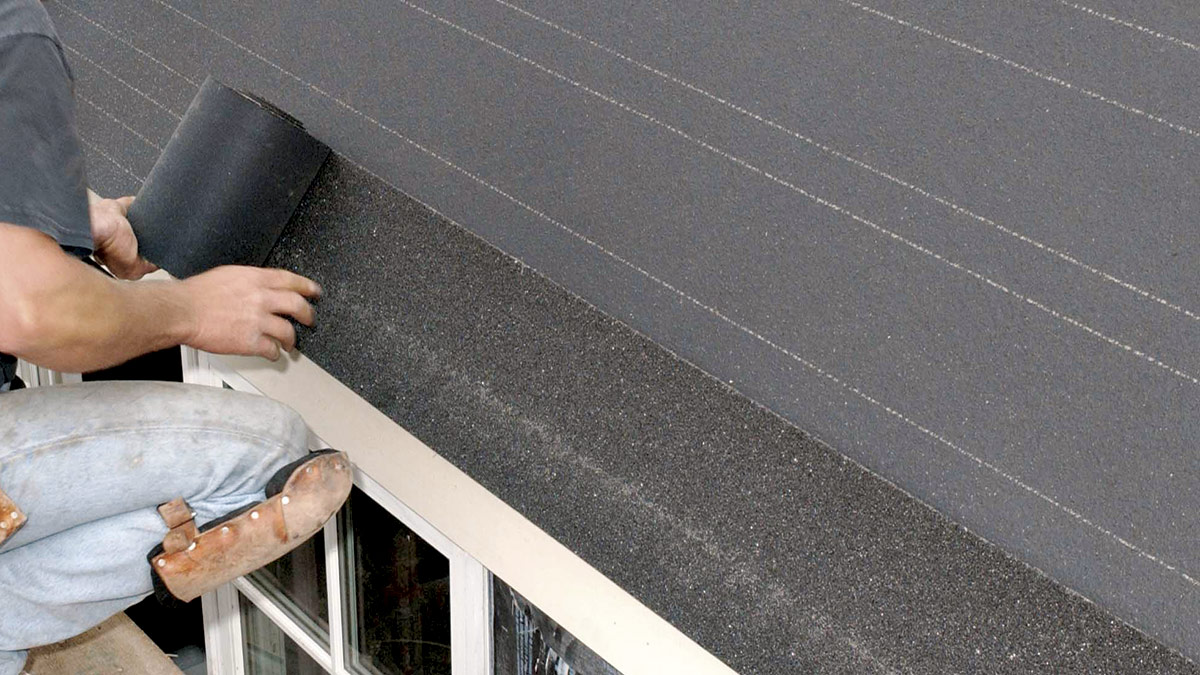The world of roofing can be a complex one, especially when it comes to understanding the different types of shingles available. One such type is architectural shingles, also known as laminated or dimensional shingles. These are often used due to their durability and aesthetic appeal. However, did you know that you can actually make starter shingles from these architectural shingles? This process can be quite beneficial, particularly for homeowners looking to maximize their resources. Let’s delve into how to make starter shingles from architectural shingles.
Understanding Architectural and Starter Shingles
Before we get into the process, it’s important to understand what architectural and starter shingles are. Architectural shingles are high-quality, durable roofing materials that have a three-dimensional appearance. They are heavier than standard 3-tab shingles, offering better wind resistance and longer warranties.
On the other hand, starter shingles are the first layer of shingles installed on your roof’s eaves. They provide an extra layer of protection against water intrusion at the eaves where water can accumulate during rainstorms.
Why Convert Architectural Shingles to Starter Shingles?
The conversion of architectural shingles to starter shingles can save you money without compromising the quality of your roof. Architectural shingles are typically more expensive than starter shingles, but if you have leftover architectural shingles from a previous project, you can repurpose them as starter shingles instead of buying new ones.
Steps to Make Starter Shingles from Architectural Shingles
1. Measure Your Roof
The first step is to measure the length of your roof eaves where the starter shingles will be installed. This will determine how many shingles you need.
2. Cut the Shingles
Using a utility knife, cut the architectural shingles into strips that match the size of standard starter shingles. Typically, this means cutting off the top third of the shingle where there are no granules.
3. Install the Shingles
Starting at one end of the eave, begin installing your newly cut shingles. Make sure the cut edge is facing the eave and the granulated part is facing upwards.
4. Secure the Shingles
Use roofing nails to secure the shingles in place. Be sure to follow the proper nailing pattern for optimal performance.
Can I use 3-tab shingles as starter shingles?
Yes, 3-tab shingles can be used as starter shingles. They just need to be installed correctly with the tabs facing upward.
What is the purpose of starter shingles?
Starter shingles provide an extra layer of protection against water intrusion at the eaves of your roof.
Do I really need starter shingles?
Yes, without starter shingles, water can seep into the roof deck causing damage over time.
How many starter shingles do I need?
The number of starter shingles you need depends on the length of your roof’s eaves. Measure this first before starting the project.
Can I use leftover architectural shingles as starter shingles?
Absolutely! This is a great way to save money and make use of excess materials.
Turning Architectural Shingles into Starter Shingles: A Smart Move
In conclusion, learning how to make starter shingles from architectural shingles is a practical skill that can save homeowners money while ensuring the durability and integrity of their roofs. It’s a smart move that utilizes resources efficiently and promotes sustainability in home improvement projects. So next time you have some leftover architectural shingles, consider turning them into starter shingles. You’ll be glad you did!
